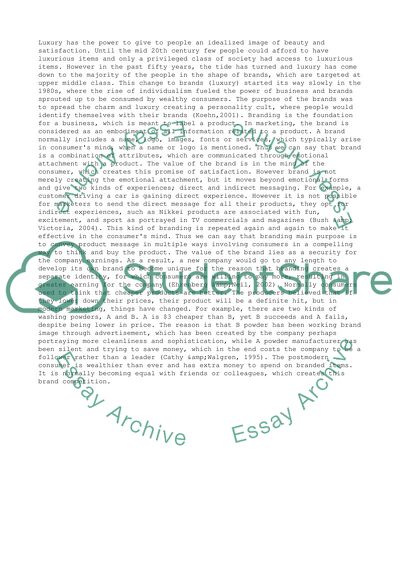Cite this document
(“Branding: People Will Spend More on Big Name Brands Essay”, n.d.)
Branding: People Will Spend More on Big Name Brands Essay. Retrieved from https://studentshare.org/business/1499875-branding-people-will-spend-more-on-big-name-brands
Branding: People Will Spend More on Big Name Brands Essay. Retrieved from https://studentshare.org/business/1499875-branding-people-will-spend-more-on-big-name-brands
(Branding: People Will Spend More on Big Name Brands Essay)
Branding: People Will Spend More on Big Name Brands Essay. https://studentshare.org/business/1499875-branding-people-will-spend-more-on-big-name-brands.
Branding: People Will Spend More on Big Name Brands Essay. https://studentshare.org/business/1499875-branding-people-will-spend-more-on-big-name-brands.
“Branding: People Will Spend More on Big Name Brands Essay”, n.d. https://studentshare.org/business/1499875-branding-people-will-spend-more-on-big-name-brands.


